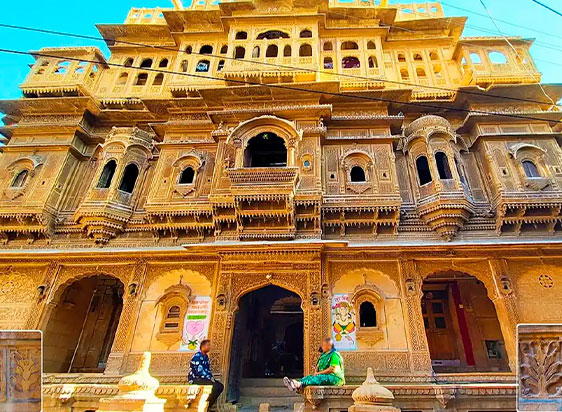
Popularly known as the “Golden City of Rajasthan,” Jaisalmer is a city that glitters with the architectural beauty and history of its bygone era. The Nathmalji ki Haveli is a standout and intriguing 19th century relic among its numerous architectural marvels. Once the residence of the prime minister of the Jaisalmer kingdom, this mansion is known for its rich stone carvings and its unique architectural tale. The haveli narrates the captivating life story of two master craftsmen. Shrouded in the unique yellow sandstone that offers Jaisalmer its golden hue, the haveli is a place that anyone interested in knowing more about the extravagant lifestyle and artistic genius of the Rajput period cannot afford to miss. All visitors are awestruck by the glorious blend of various architectural styles presented by its walls and frontage, a symphony of stone.
History of Nathmal ji ki Haveli, Jaisalmer
Nathmalji ki Haveli’s rich history lies in its interesting exterior. The haveli was built in 1885 by the then-Maharawal Beri Sal with the specific purpose of accommodating his chief minister, Diwan Mohata Nathmal, only. His importance in court is further established by the fact that the structure is named after him. Its construction is what lends history to the haveli a twist of its own. Hathi and Lulu, two brother architects, were tasked with building this incredible house. Legends have it that the brothers began their work separately, without reference to integrated plans or means of ensuring exact symmetry, and worked simultaneously on the buildings' two opposing halves.
The result was a beautiful yet finely asymmetrical structure because it did not have the advanced alignment devices of modern construction. While the overall style and scale of both sections remain the same, there are slight differences in the patterns, details and dimensions of the carvings. The structure took years to complete and is a testimony to the era’s deliberate handiwork.
Architectural Layout of Nathmal ji ki Haveli, Jaisalmer
The exquisite blend of Rajput, Islamic and Rajasthani architectural designs in Nathmalji ki Haveli reflects the cosmopolitan influence prevalent during Jaisalmer’s glory days. The haveli was built from native yellow sandstone alone, and due to its warm, mystical golden glow, especially at sunrise and sunset. Due to its outstanding degree of detail, the outside is a feast for the eyes.
Two gigantic, life-sized elephants carved out of yellow sandstone and imposingly standing guard over the main entrance are probably some of the finest features. They are both welcoming for visitors and symbolic sentinels. The outer walls are richly adorned with intricate carvings that depict a myriad of subjects, ranging from detailed latticework and daily life to horses, cattle and flower patterns. The sculptures' surprise use of images of then-contemporary amenities like fans and automobiles is what truly sets them apart. The numerous intricately carved jharokhas adorned with lovely latticework are what make the haveli stand out. These balconies, characteristic of traditional Rajasthani architecture, serve a functional purpose in addition to merely being pretty.
They allow the women residents of the household to look outside discreetly at street activities and serve to ventilate in the desert environment. Luxurious paintings and elaborate carvings, often done in gold leaf, decorate the interior, possess equally beautiful craftsmanship. The style integrates traditional Rajasthani architectural elements, including expansive courtyards, which serve as cool, shaded areas to fight the desert heat and as sites for festivities and social events.
Timings and Entry Fees:
Travellers can quickly access the haveli. While schedules may sometimes differ somewhat, its fundamental operational hours are usually 8:00 AM to 7:00 PM. The reason why there’s usually no entry fee for Indian and foreign tourists to see the main areas of the haveli is that it is one of the most tourist-friendly spots. It is important to note that it is still the family of the Diwan that resides in some areas of the havelis, and the other parts may have local crafts and souvenir shops. As photography is usually permitted, travellers are free to photograph the stunning architectural elements.
Best time to visit Nathmal ji ki Haveli, Jaisalmer
The winter season from October to March, is the best time to visit Nathmalji ki Haveli. The desert climate is most pleasant at this time of year, with the temperature during the day comfortably ranging between 10 degree Celsius to 27 degree Celsius. Playing outdoor games, walking through meandering city streets and appreciating the intricate layout of the haveli at your own pace are all facilitated by its comfortable and cool climate. It may be hard to come by otherwise, particularly through the hot summer months (April to June), when temperatures often reach high levels and touring becomes unpleasant. The haveli itself is best explored in the early morning or late afternoon/sunset for the most stunning views. The building is bathed in light by the sun’s rays glancing off the yellow sandstone, giving it a brilliant golden sheen that beautifully highlights the intricate carvings and clearly justifies Jaisalmer’s nickname.
Places to visit near Nathmal ji ki Haveli, Jaisalmer:
A short walk away is Jaisalmer Fort, commonly referred to as the Golden Fort, a UNESCO World Heritage Site. 1/5th of the city’s inhabitants reside in this “living fort,” and so it is a unique and vibrant destination to see.
The largest and most imposing haveli in Jaisalmer, Patwon ki Haveli is a complex of five massive, intricately carved havelis that is famous for its elaborate facades and exquisite craftsmanship.
Salim Singh ki Haveli is commissioned by the then-prime minister, Salim Singh. This architectural marvel is older than Nathmalji ki Haveli is famous for its unique roof in the shape of a peacock and multiple balconies.
Gadsisar Lake is a 14th-century artificial water reservoir that offers serene vistas, boat rides, and picturesque temples and archways, which are especially beautiful in the early morning or evening.
The Mandir Palace compound lies close to the haveli, and standing within it is the five-story Tazia Tower, a pagoda-like structure with fascinating Muslim architecture.
Conclusion –
More than just a historic structure, Nathmalji ki Haveli is a testament to the artistic brilliance, cross-cultural exchange and opulent lifestyle of 19th century Jaisalmer. Its golden façade, lovingly ornamented with a universe of intricate carvings, tells a singular tale of collaboration and inadvertent asymmetry. An iconic work of Rajasthani heritage, it boldly sits in the Golden City and offers a window into the city’s architectural past that is as memorable as it is redolent.
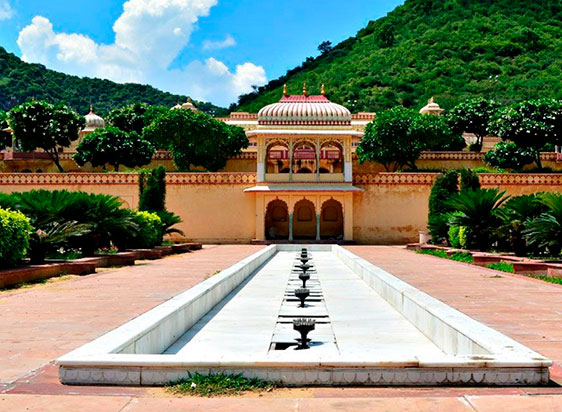
Sisodia Rani ka Bagh Jaipur
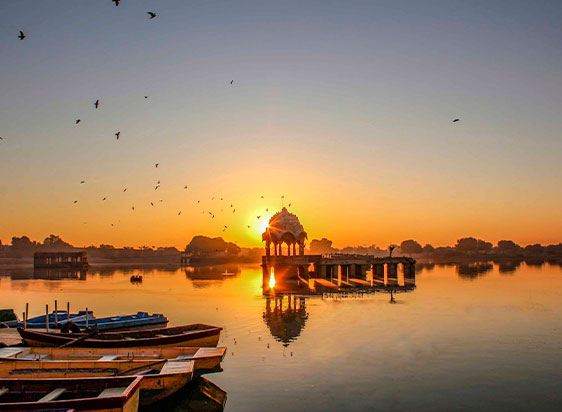
Gadsisar Lake Jaisalmer

Nathmal ji ki Haveli Jaisalmer
.webp)
Desert Festival Jaisalmer – Music, Dance & Culture
.webp)
Rajasthan Festival Calendar: Your Guide to Celebrations
.webp)
A Food Lover’s Guide to Rajasthan: What to Eat & Where
.webp)
Forts & Palaces of Rajasthan You Cannot Miss
.webp)
National Parks and Wildlife Sanctuaries in Rajasthan
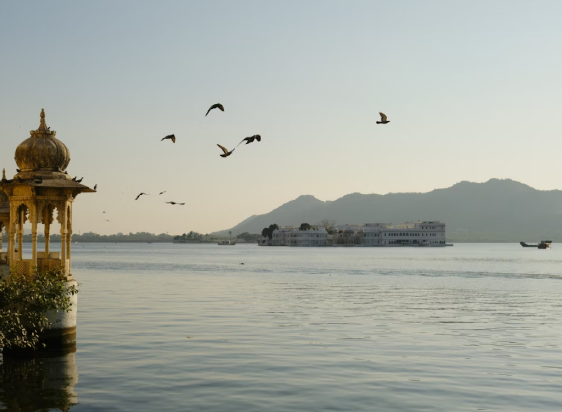
City Palace Udaipur Travel Guide: Timings, Tickets, History & Photography Spots
.webp)
Explore India’s Heritage in 3 Days: Golden Triangle Tour Itinerary
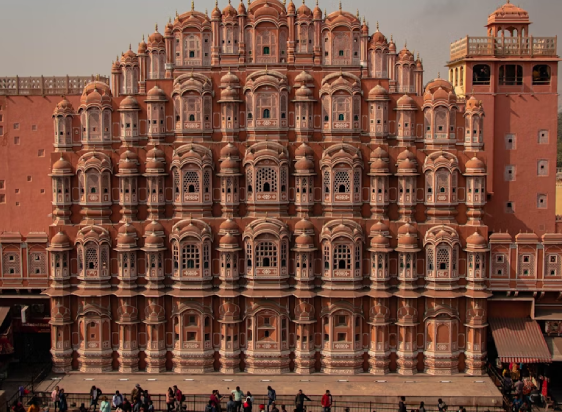
Golden Triangle Tour: 4 Days of History, Culture, and Adventure
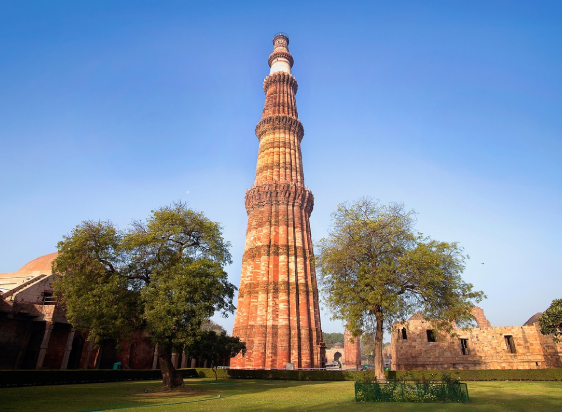
Maximize Your Experience: 5-Day Golden Triangle Tour Package Highlights
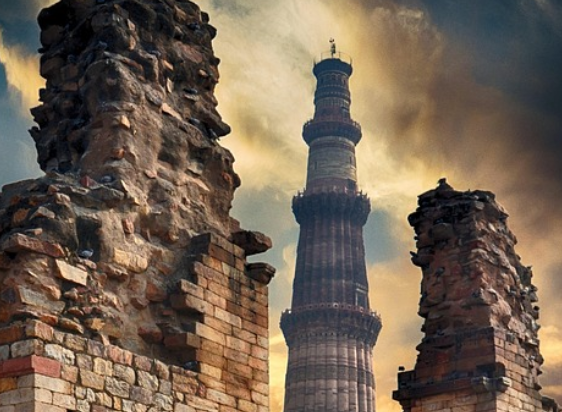
The Ultimate 6-Day Golden Triangle Tour: From Monuments to Markets
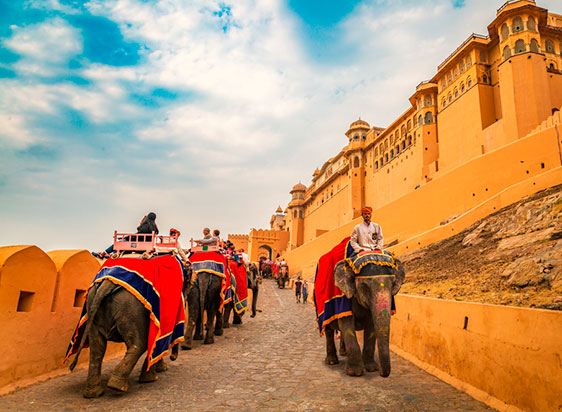
10 must-see places in Jaipur
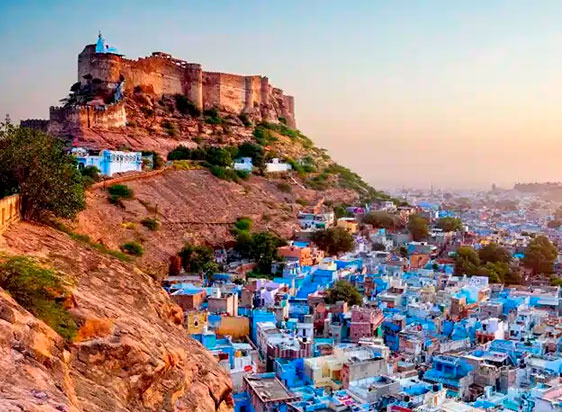
10 must-see places in Jodhpur
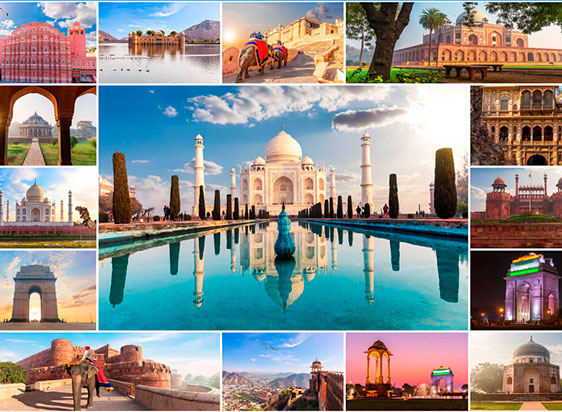
10 Must-See Places in India
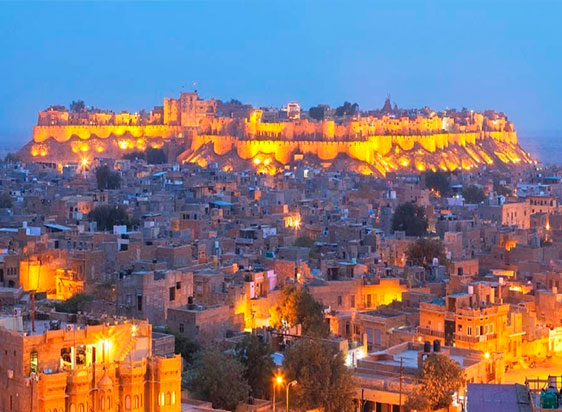
10 must-see places in Jaisalmer
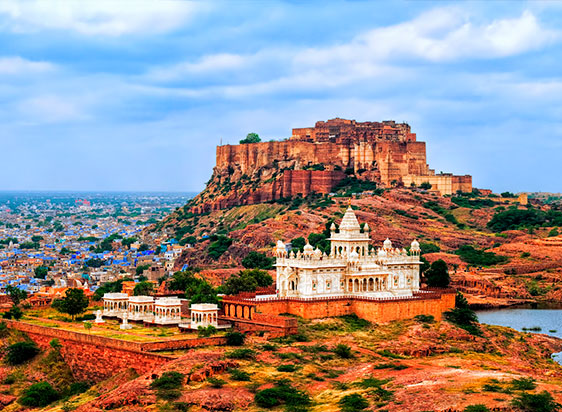
10 must-see places in Rajasthan
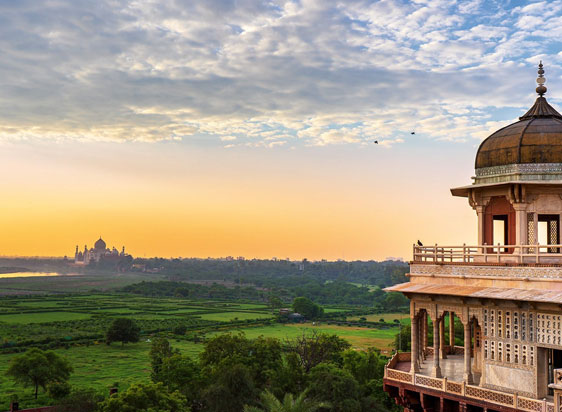
How to Reach Agra?
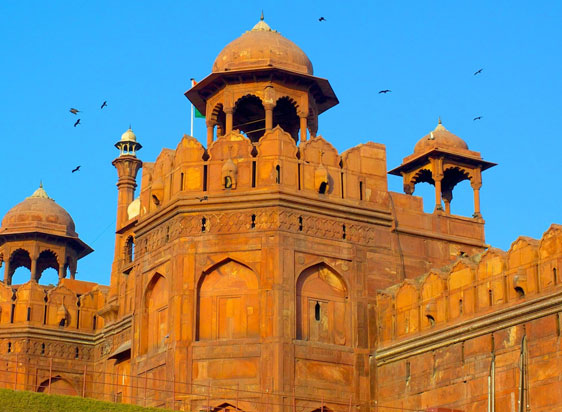
How to Reach Delhi?
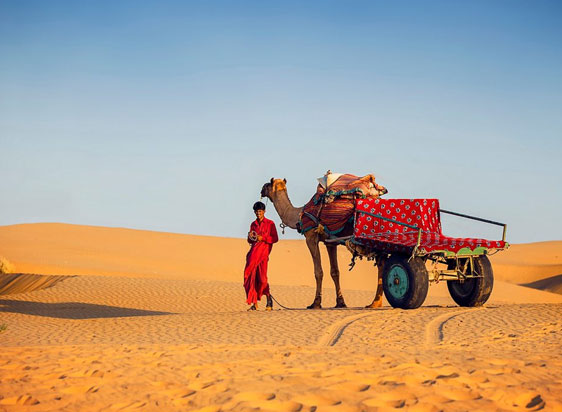
How to Reach Jaisalmer?
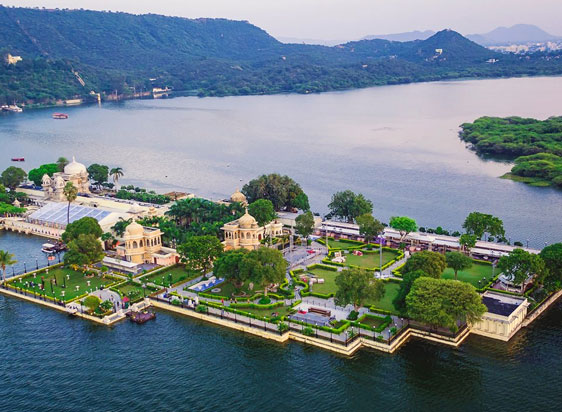
How to Reach Udaipur?
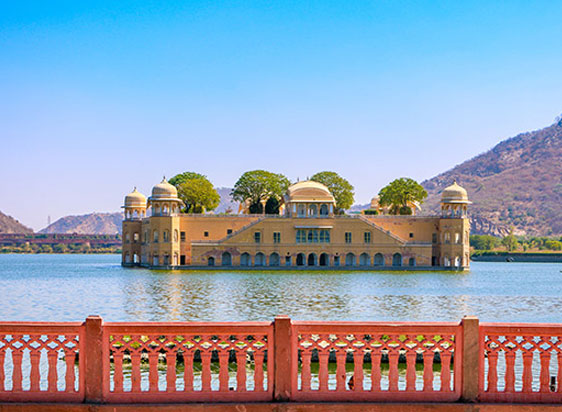
How to Reach Jaipur?

Char Dham Yatra: A Journey of Faith and Spiritual Awakening in Uttarakhand

Places To Visit in Jaipur with Family
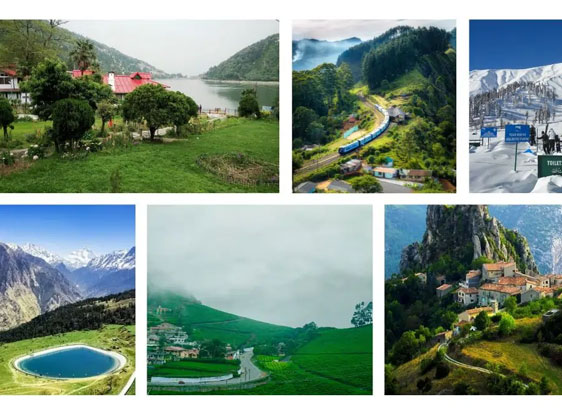
10 Hill Stations In India- Location, History, Timings, Images

India Gate Delhi – Location, History, Timings, Entry Fee, Images
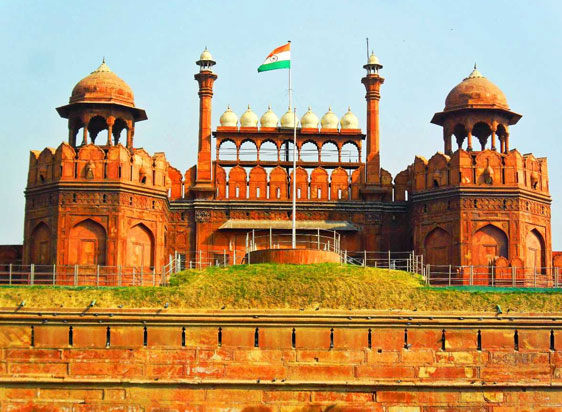
Red Fort – Old Delhi, Facts, Timings, History, Location

Golden Triangle Tour of Luxury and Budget-Friendly

Best Time to Visit the Golden Triangle: Seasonal Travel Guide

Akshardham Temple Delhi Timings, History, Entry Fee, Images, Aarti, Location & Phone Number

Best Ranthambore Tour Packages Itinerary

Best Jaisalmer Tour Packages Itinerary

Best Udaipur Tour Packages Itinerary

Best Jaipur Tour Packages Itinerary

Best Rajasthan Tour Packages Itinerary

How to pick the right India tour packages?

All India Tour Packages Cost: Exploring the Riches of Incredible India

Rajasthan Festivals Tour Guide

A Complete Travel Guide to Jaipur for IIFA 2025

IIFA 2025 Jaipur: Celebrating 25 Glorious Years of Indian Cinema / IIFA Awards 2025 Date, Venue, Tickets, Host, Transportation
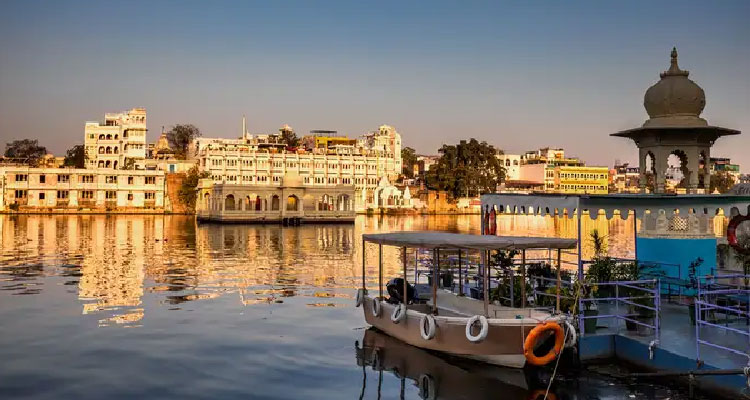
Taj Lake Palace Udaipur

Eklingji Temple, Udaipur

Bagore ki Haveli, Udaipur

Most Popular Dishes to Try in North India Tour

Ranthambore National Park Safari

Moti Doongri Ganesh Temple Jaipur
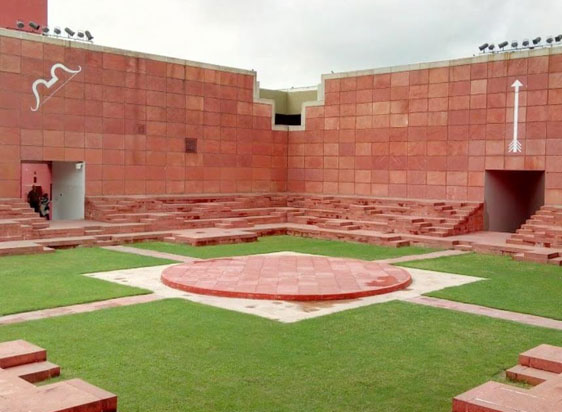
Jawahar Kala Kendra Jaipur
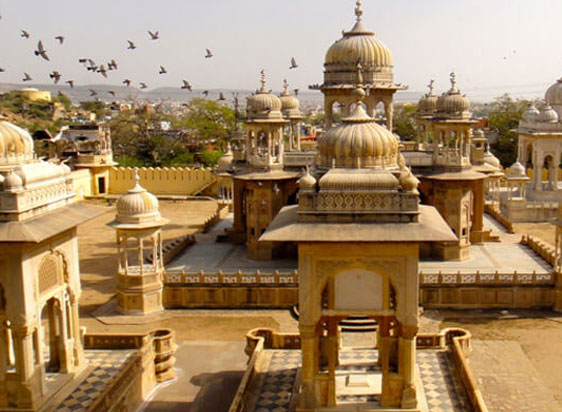
Gatore Ki Chhatriyan Jaipur – Entry Fee, Timing, Location

Albert Hall Museum Jaipur

Panna Meena ka Kund Jaipur
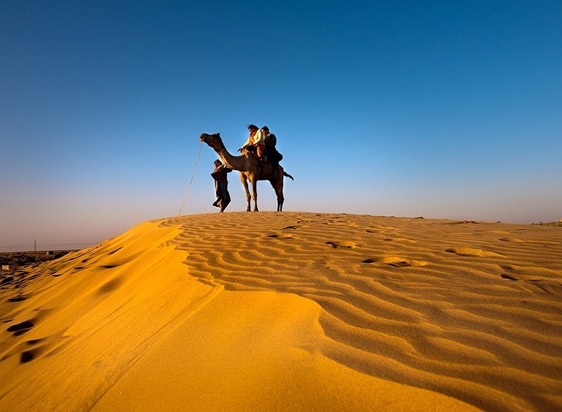
How to Book a Tour Guide in Jaisalmer?

How to Book a Tour Guide in Ajmer Pushkar?
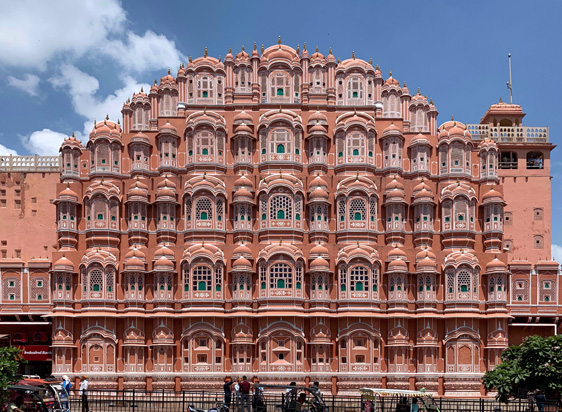
How to Book a Tour Guide in Jaipur?
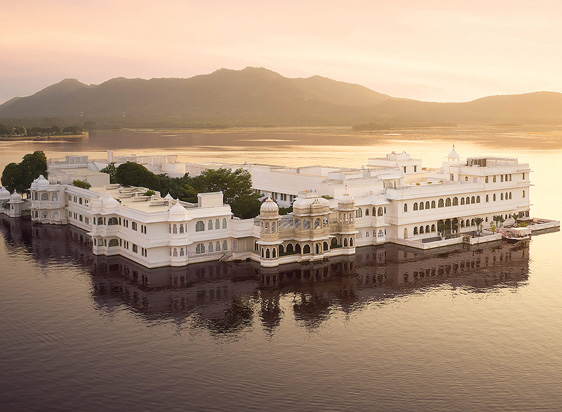
How to Book a Tour Guide in Udaipur?

How to Book a Tour Guide in Rajasthan?

Female tourist guide in Jaipur

Jaipur Solo Trip Package

These 7 spots will tell you why Rajasthan is the perfect spot for Glamping

7 Unforgettable Road Trips of Rajasthan

Film Shoot Locations in Jaipur

Jaipur Zoo Garden – Timings, Entry & Tickets Prices, and Things to See
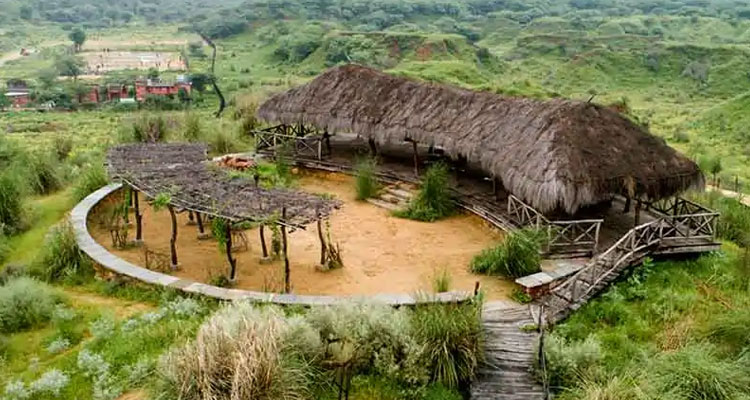
Kishan Bagh Jaipur – Entry Fee, Timings, Location
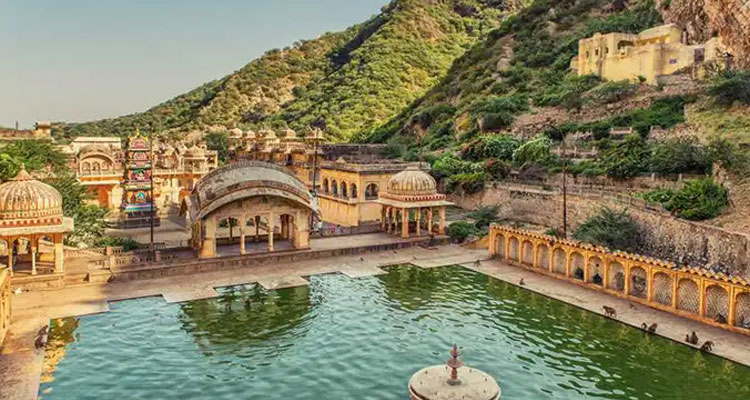
Jaipur Tourism: All you need to know
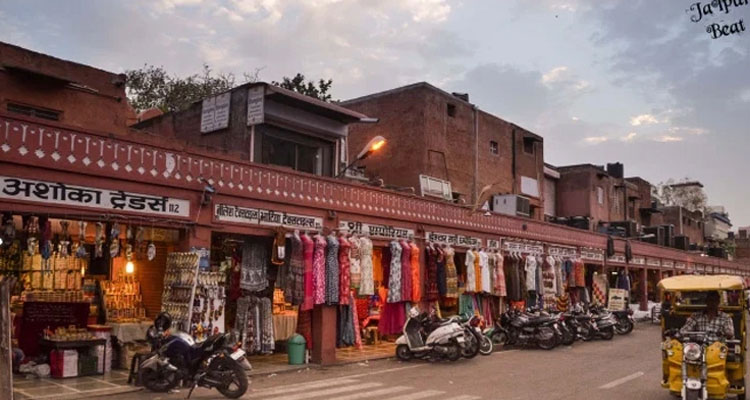
Johari Bazaar Jaipur: A Must-Visit Shopping Place

Chandra Mahal Jaipur

6 Exhilarating Road Trips From Jaipur That’ll Invoke Your Wanderlust Soul

Jaisalmer Nightlife: What To Do And See In The Golden City After Dusk Falls

Places To Visit in Udaipur At Night

Top 10 Winter Honeymoon Destinations in Rajasthan to Make Memories with Your Loved Ones

10 Best New Year Destinations in Rajasthan
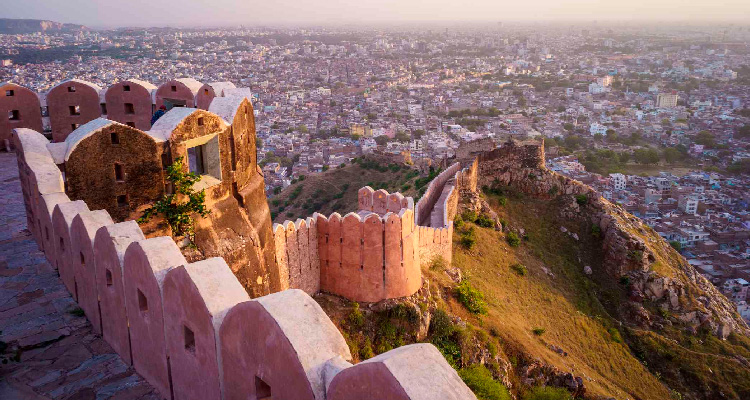
Nahargarh Fort Jaipur – History, Architecture, Timing, Entry Fee, Attractions, Lesser-Known Facts

Tips for Solo Female Travelers in Rajasthan

Discover the Unseen Places in Rajasthan

Best Monsoon Tour Packages of Rajasthan

12 Reasons Why I Absolutely Loved Rajasthan

Rajasthan Cultural Holidays
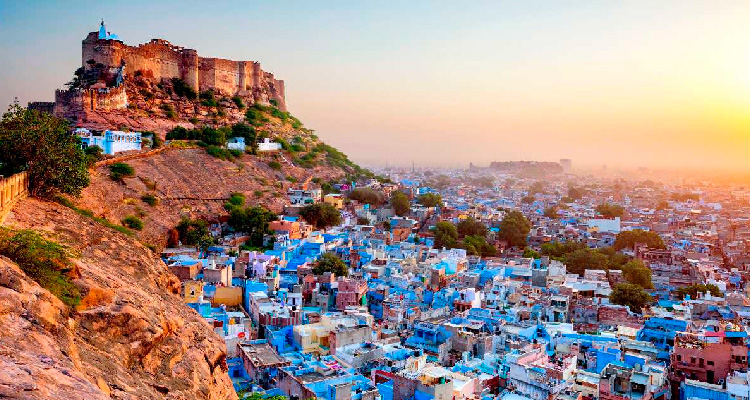
Best One Day Trips in Rajasthan

Birla Mandir Jaipur – History, Architecture, Timing, Entry Fee, Attractions, Lesser-Known Facts
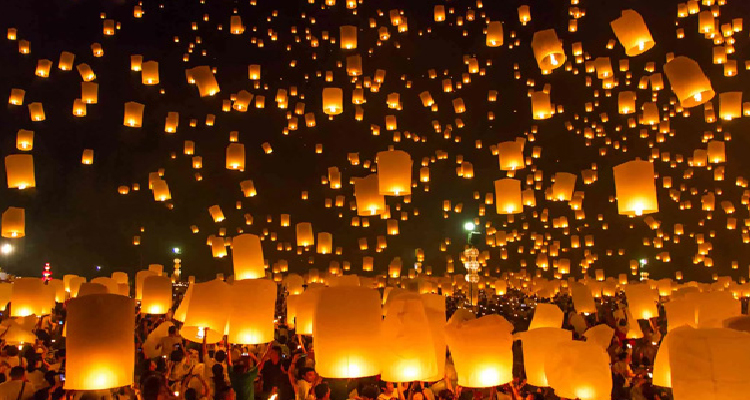
Top 7 Destinations in India to Celebrate New Year 2024

Jaipur Travel Tips
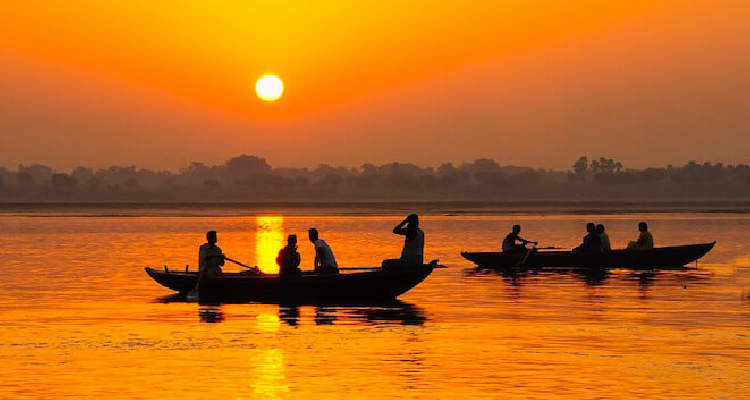
7 Amazing Things to Do and See in India in 2023-24
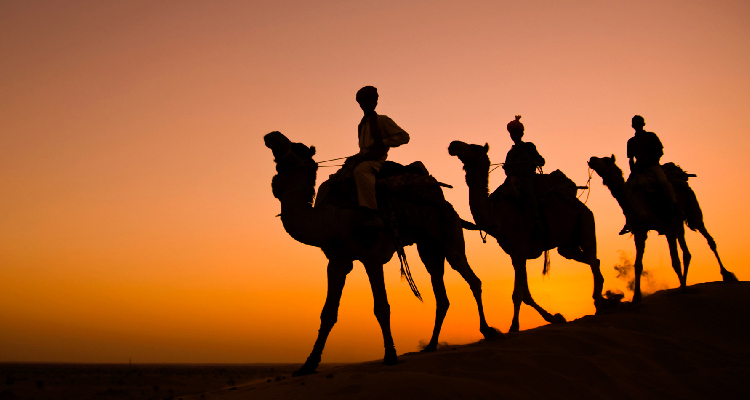
The Ideal Rajasthan Itinerary

Places to visit near Jaipur for 2 days

India's Top 10 UNESCO WORLD heritage sites

Royal Experiences in India to Make You Feel Like Maharajas in 2023-24

Jaipur Tour by Private Car and Driver

Luxury Travel India: Explore the best Luxury India Tour in one go
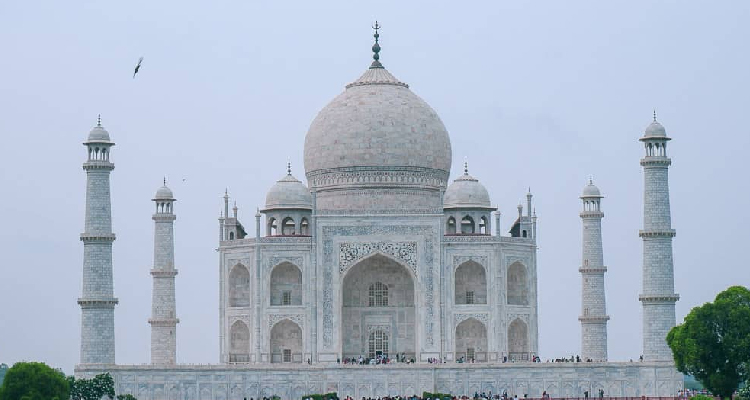
A Complete Guide to India Golden Triangle

How To Choose The Best Taxi Service in Jaipur for Sightseeing

The Ultimate Rajasthan Family Vacation: A Comprehensive Guide

Hawa Mahal: About, Time, History, Activities, Entry Fee

Chokhi Dhani Resort: About, Time, History, Activities, Entry Fee

JLF 2025: Jaipur Literature Festival, Dates, Lineup, Tickets
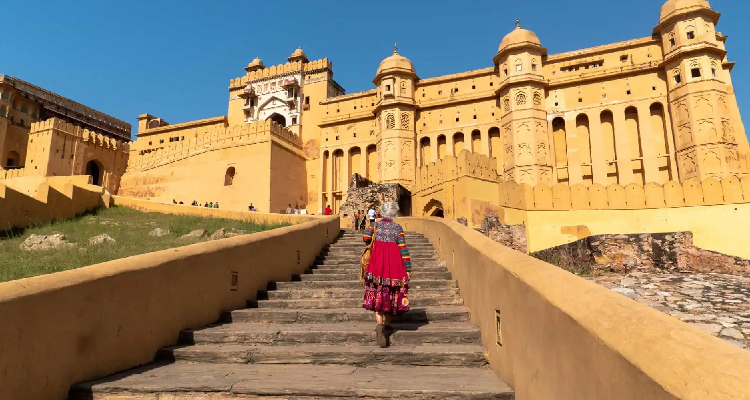
Planning a Rajasthan Family Adventure: Tips and Tricks

Jaipur Tour Guide
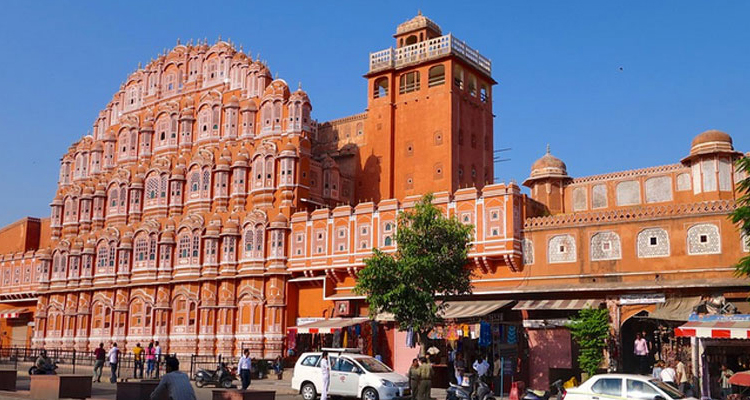
2 Days Jaipur Sightseeing Tour
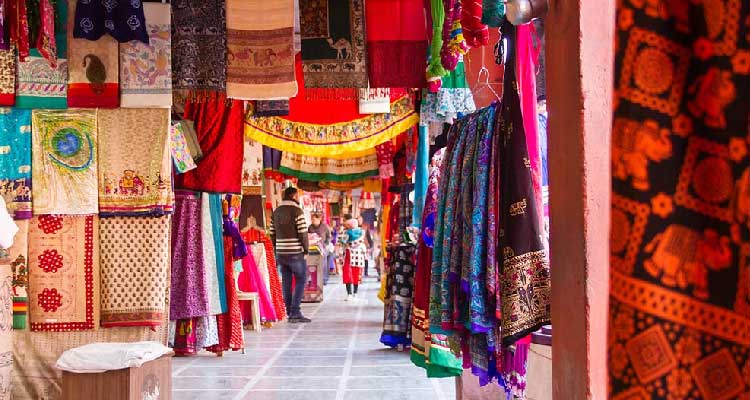
Shopping Paradise: A Guide to the Vibrant Bazaars of Jaipur

Discover Rajasthan with Kids: Top Family-Friendly Destinations

Luxury Cars in Jaipur for That Special Occasion

Top 10 Popular Temples To Visit In Jaipur
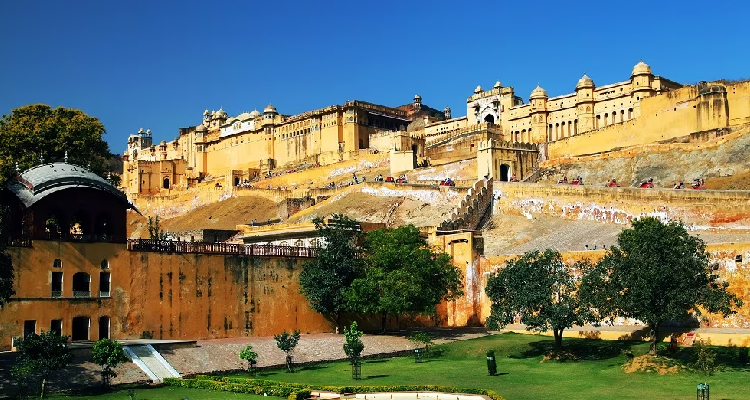
Rajasthan's Kid-Friendly Palaces and Forts: A Historical Adventure for the Family

Amber Fort: About, Time, History, Activities, Price

B2B Travel Company in Rajasthan
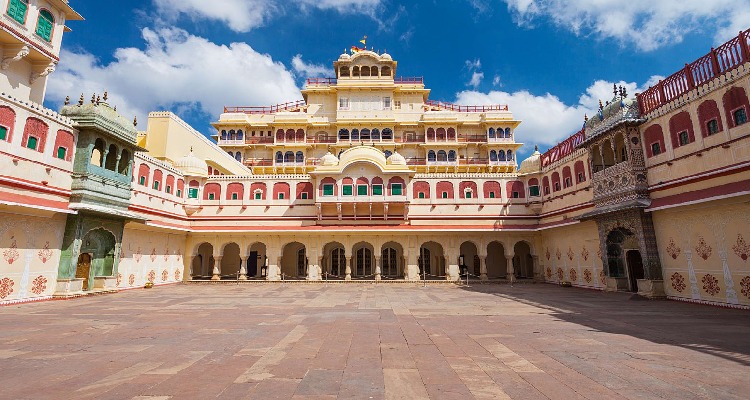
Unique Experiences to Enjoy in Jaipur

Family Fun in Jaipur: Exploring the Pink City with Children

Jaipur Shopping Guide: Best Things to buy and Shopping Places in Jaipur

Udaipur Unplugged: Family-Friendly Activities by the Lake
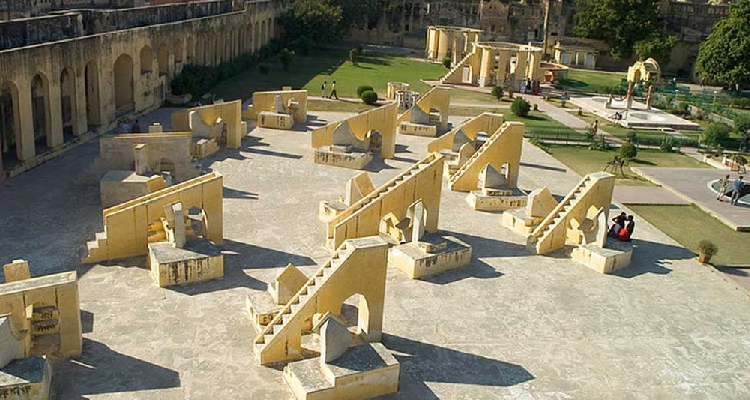
Jantar Mantar: About, History, Activities, Time, and Entry Fees

Wildlife Encounters in Rajasthan: A Family Safari in Ranthambore
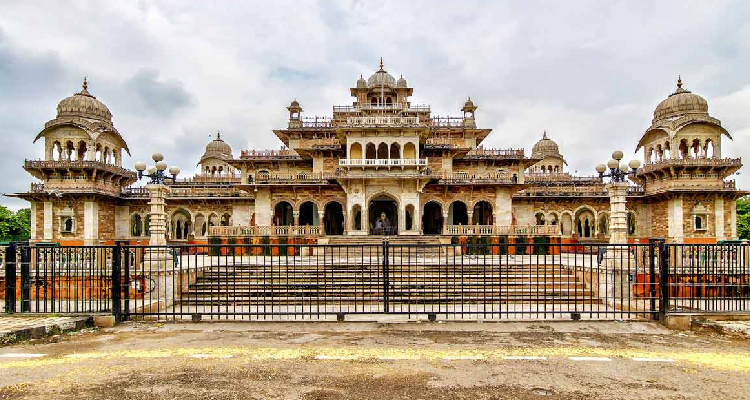
Albert Hall Museum: About, History, Activities, Time, and Entry Fee

Places to visit in Rajasthan

Top 7 Travel Destinations In Rajasthan For A Relaxing Trip In Winter 2022

Jaipur Food Tour

Rajasthan's Festivals for Families: Experiencing the Vibrant Culture Together

Jaipur Amber Fort: The Completer Tour Guide

Jaipur Tour By Tempo Traveller

Rajasthan's Royal Cuisine: Family Food Adventures

Exploring the Aravalli Hills: Family Trekking and Nature Walks

Amer Fort Light and Sound Show 2025

2 Days In Jaipur: Discover The Best Of Pink City In 48 Hrs

Hire Taxi in Jaipur
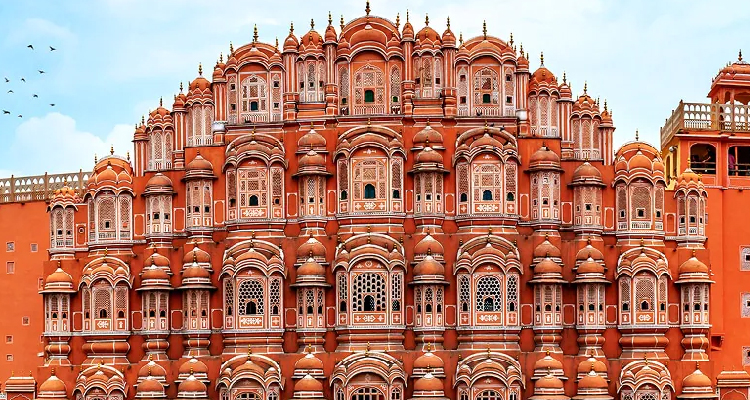
Jaipur Travel Guide: All You Need To Know For Planning Holiday in Jaipur
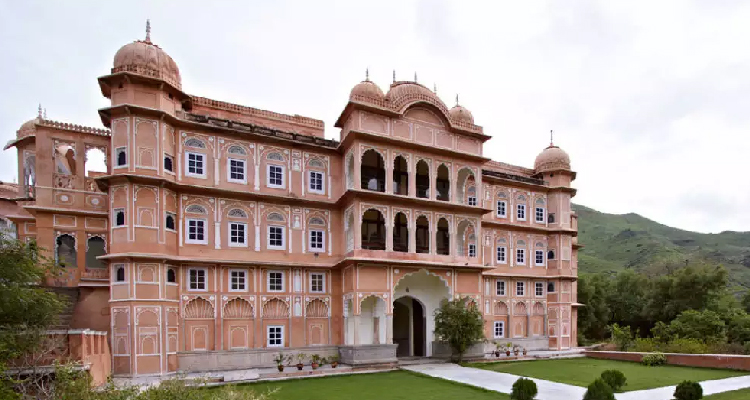
Heritage Hotels in Rajasthan: Unique Stays for the Whole Family
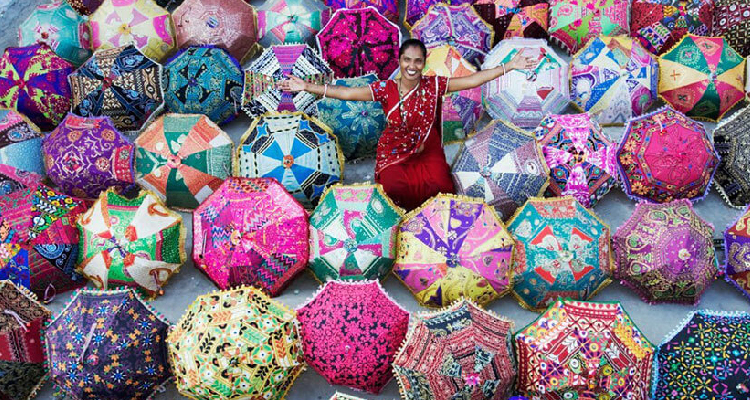
Crafting Memories: Family Art and Craft Experiences in Rajasthan

Wedding Car Rental in Jaipur

Top 10 Places to visit in Rajasthan in Winter

Discover These 5 Wildlife Sanctuaries Around Jaipur To Go On A Holiday Full Of Thrill!

Education Rajasthan Tour: An Ultimate Experience For Kids

Rajasthan Tour by Tempo Traveller

Hot Air Balloon Rides in Rajasthan: A Family Adventure in the Skies

Jaipur Airport Taxi
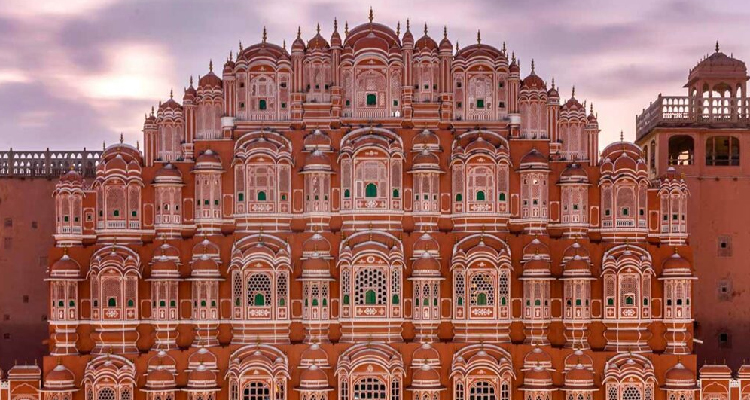
Golden Triangle Travel Guide
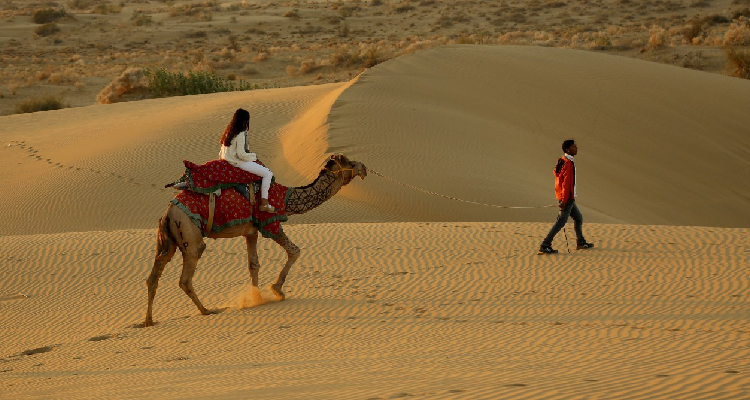
Camel Riding and Desert Camps: Family Adventures in the Thar Desert

Same-Day Tour to Jaipur

Shopping with the Family: Souvenirs and Local Markets in Rajasthan

7-Day Trip to Rajasthan
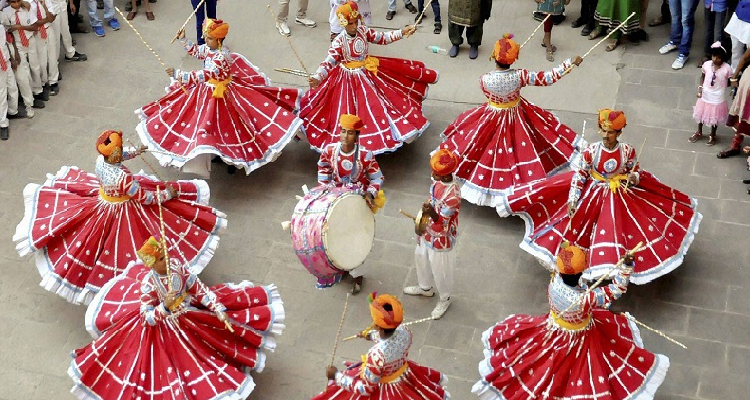
Festivals in Rajasthan

Rajasthan Luxury Tour by Car
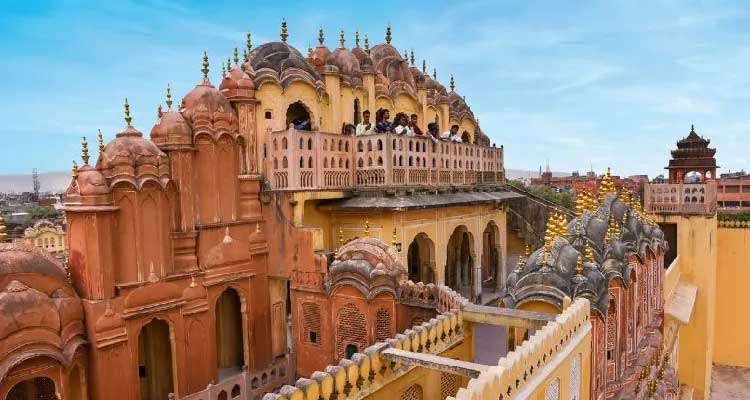
Jaipur Like a Local: Experiencing the City Through Local Activities

Family Road Trip: Navigating Rajasthan's Scenic Routes

10 Luxury Stay in Rajasthan

Rajasthani Folk Tales: Storytelling Sessions for Children

Famous Foods of Rajasthan You Must Try on Your First Trip
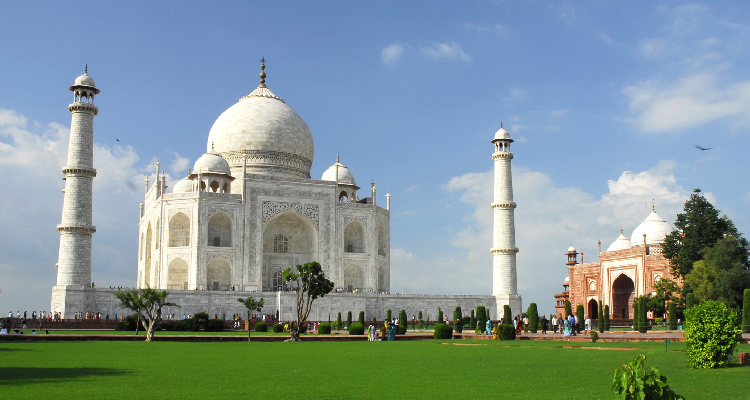
Places to visit On Golden Triangle Tour
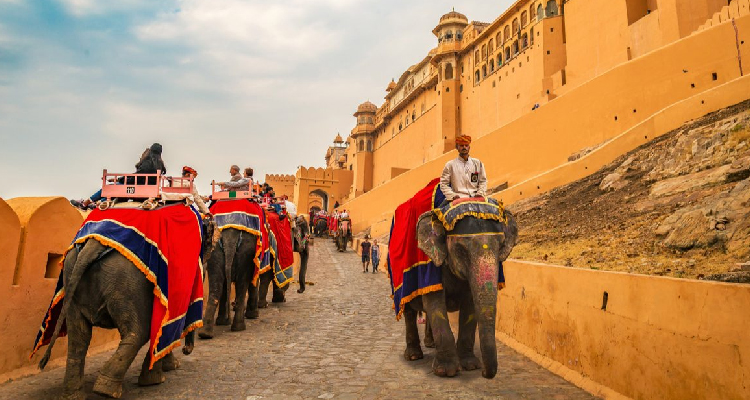
B2B Travel Company in Jaipur

How can I spend 3 days in Jaipur

How to Plan Your Rajasthan Tour

Jaipur Budget-Friendly Tour: The Best Way to Explore

Taxi in Jaipur

Unveiling the Pink City: A Historical Tour of Jaipur
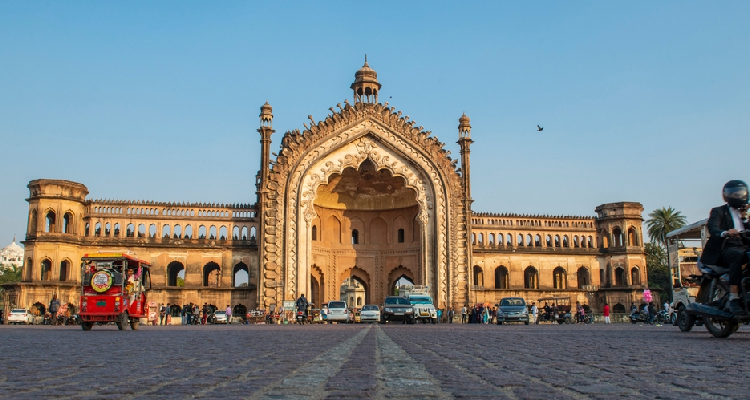
Places to visit in Ayodhya

Why is Jaipur known as Pink City

Taxi Services in Jaipur
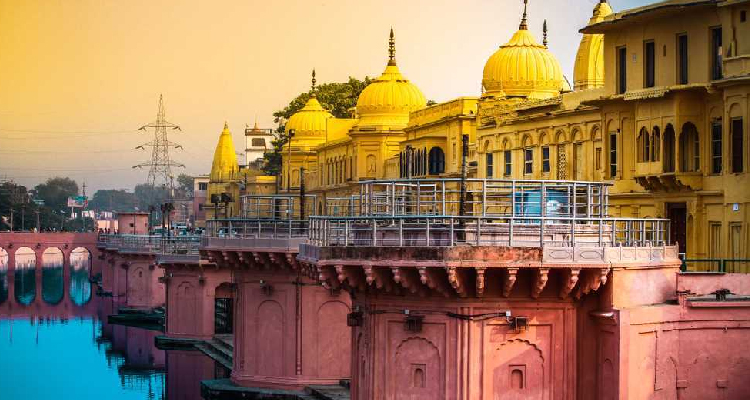
Places to visit near Ayodhya
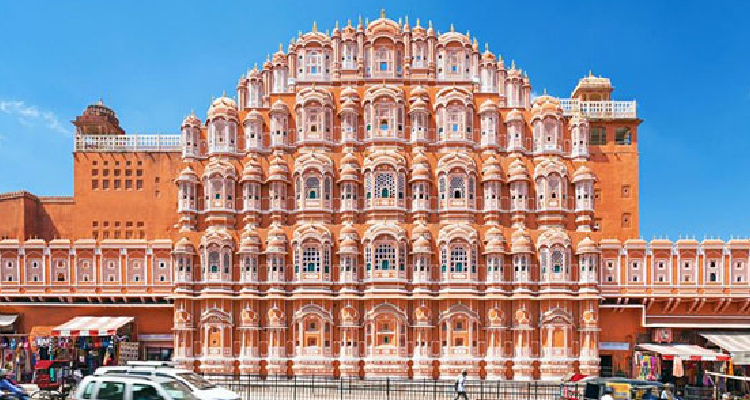
Attractive Places to Visit Near Jaipur in One Day

Timing & fees for visiting Jaipur monuments
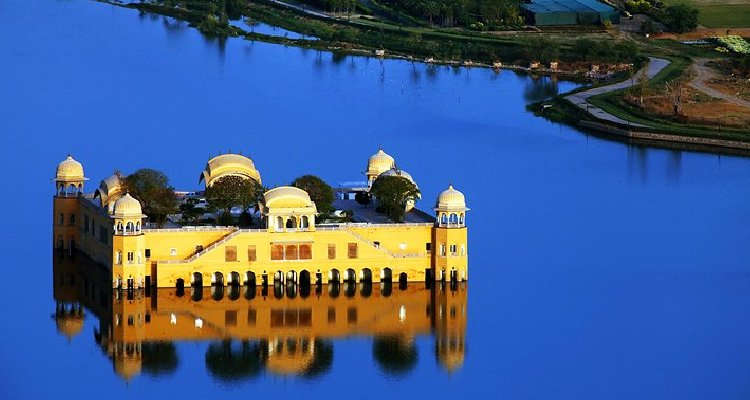
Places to Visit in Jaipur in Winters
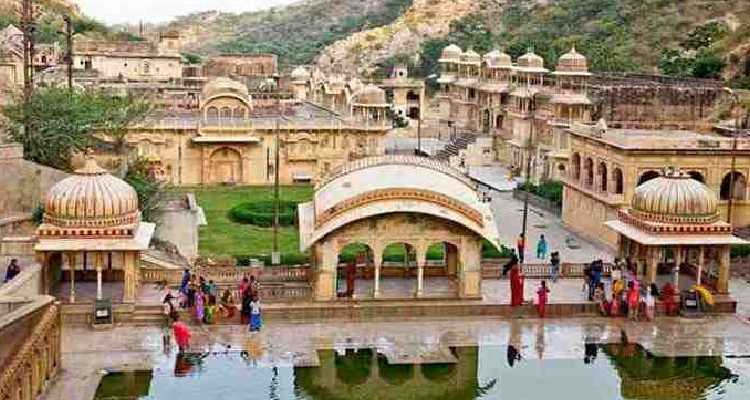
Jaipur Sightseeing Tour

Ayodhya Shopping Guide

Jhalana Leopard Safari Price

Planning Your Golden Triangle Tour by Car
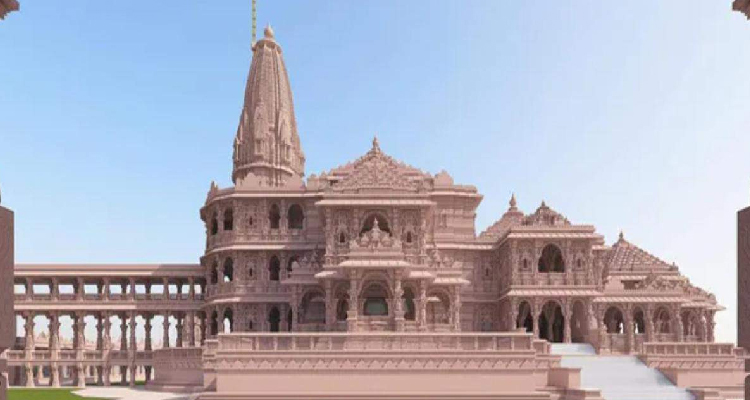
Ram Mandir Tour Guide (Ayodhya Tour Guide)
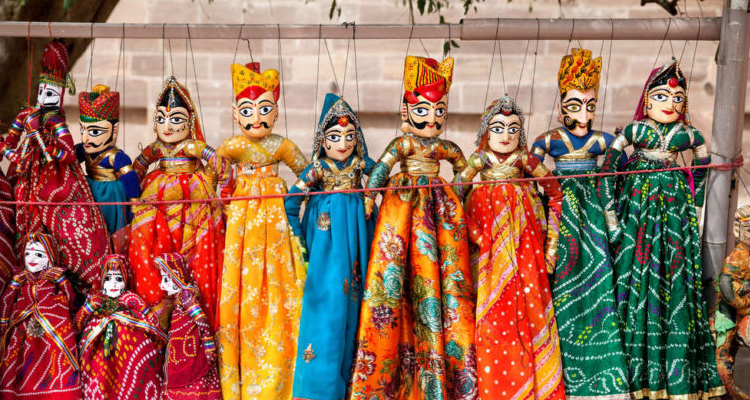
Rajasthan's Puppet Show and Folk Entertainment: A Delight for Kids

Jawai leopard Safari: Plan a memorable Wildlife Trip from Jaipur

Places to Visit Rajasthan in December
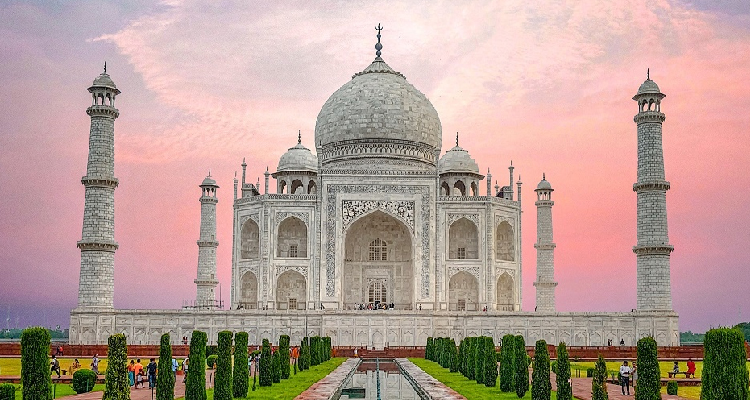
Taj Mahal Agra: Timings, History, Entry Fee, Images, Built by & Information

Best Wildlife Sanctuaries Around Jaipur

Tips to plan Jaipur Tour Packages
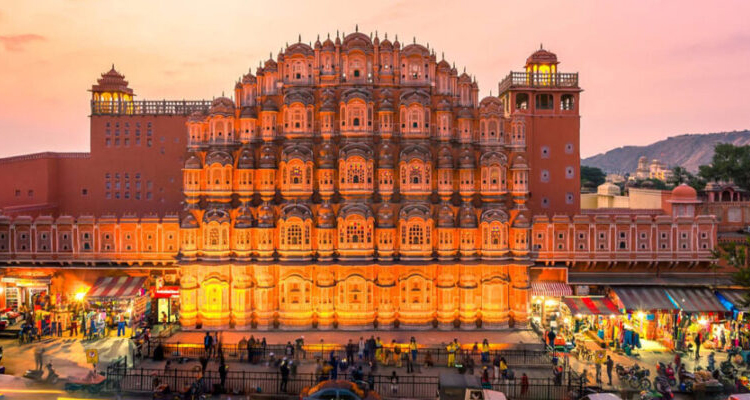
One Day Jaipur Local Sightseeing Tour Package by Car
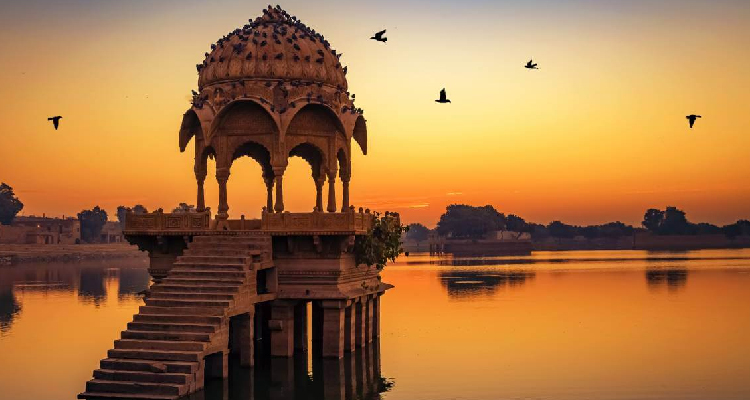
Most Popular Weekend Gateways From Jaipur

Chokhi Dhani Village Jaipur Package - Entry Fee, Timings 2023
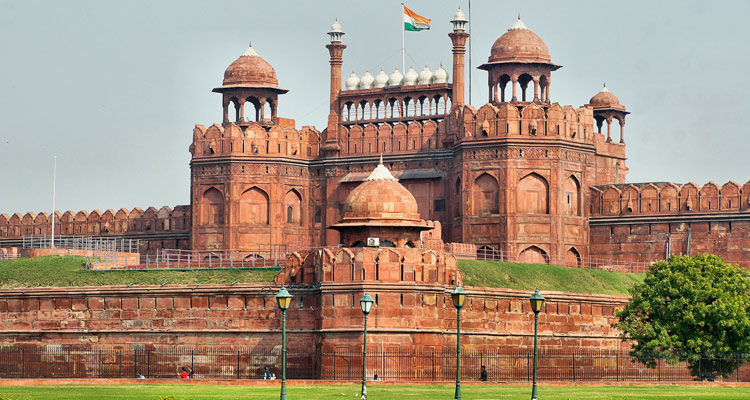
Red Fort / Lal Kila Delhi (Entry Fee, Timings, History, Built by, Images & Location
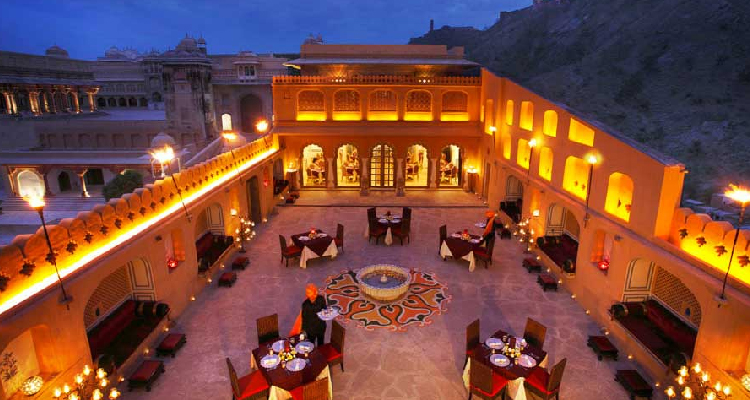
Best Honeymoon Destination in Rajasthan

10 Things To Do In Jaipur
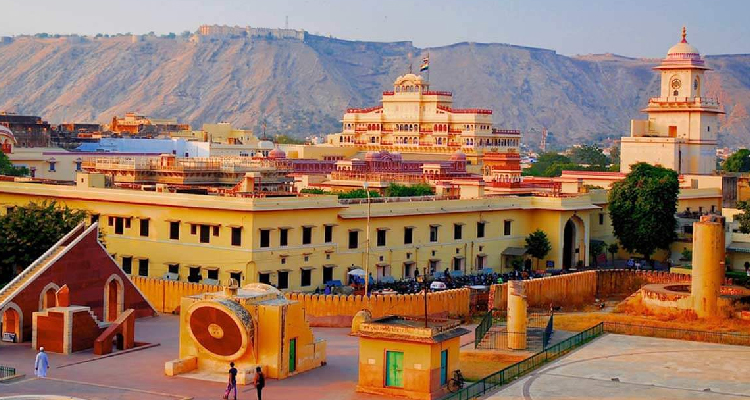
Rajasthan Travel Guide: Places to visit, Best time to visit, How to reach, etc.
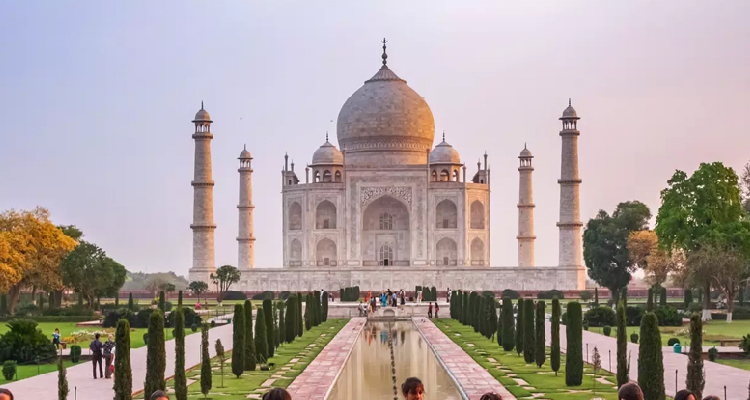
Jaipur Agra Same Day Tour

Best Time To Visit Jhalana Leopard Safari – Jaipur

Rajasthan Shopping Guide

7 Best Places To Visit Near Jaipur On A Same-Day Tour

How To Plan A Jaipur Trip?
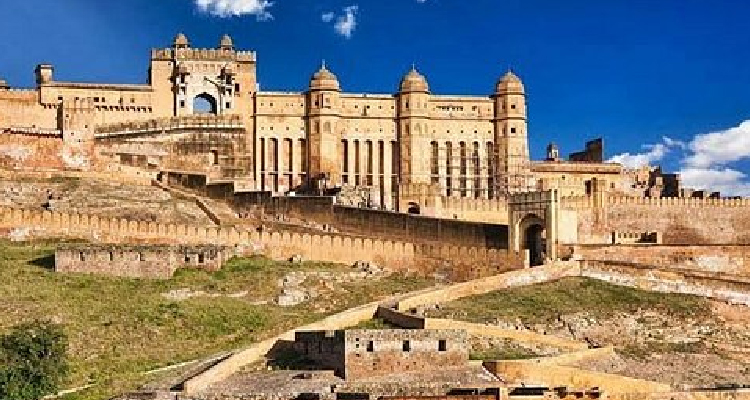
Top 68 Places to Visit in Jaipur
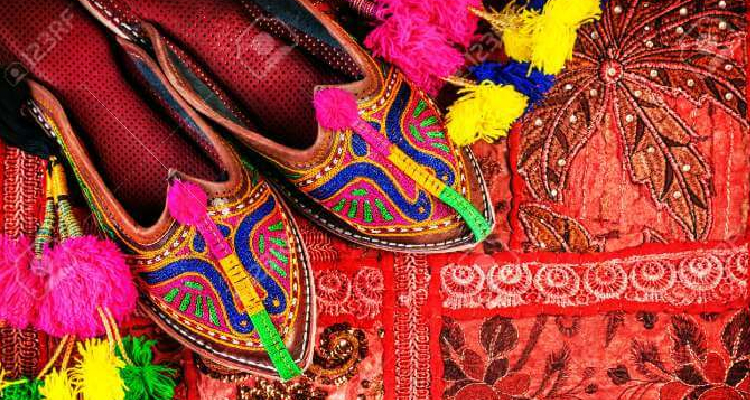
Best Shopping Places in Jaipur
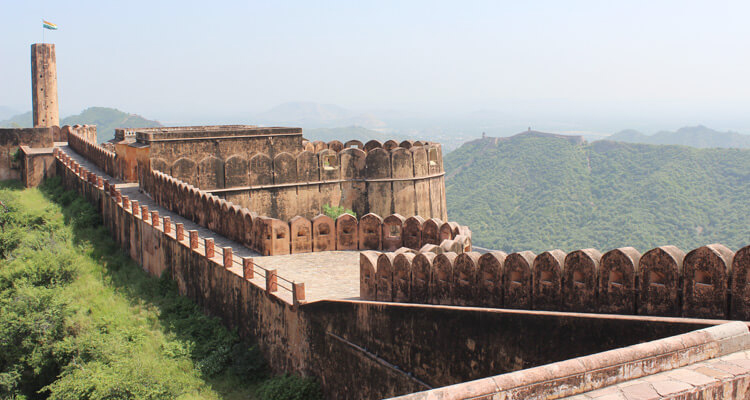
Jaigarh Fort, Jaipur (2024): Timings, Entry Fee, History
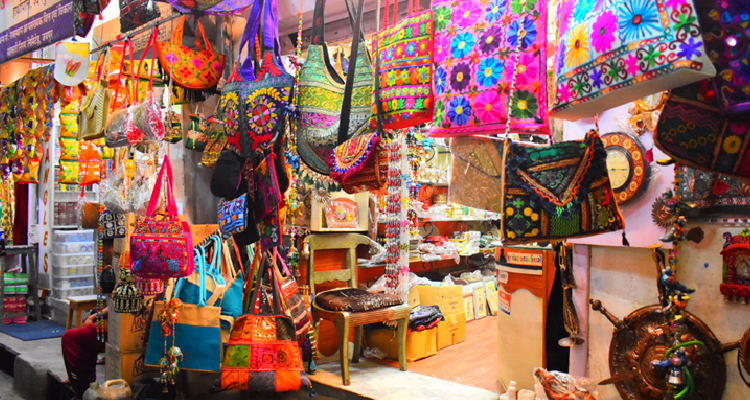
7 Things To Shop In The Jaipur Shopping Tour
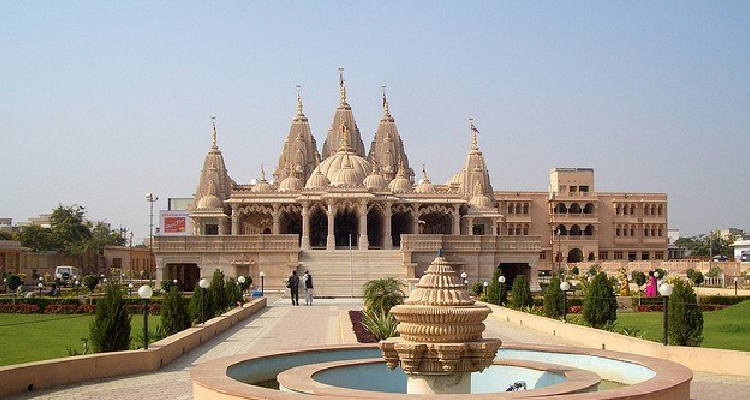
Akshardham Temple Jaipur

Luxury Car Rental in Jaipur
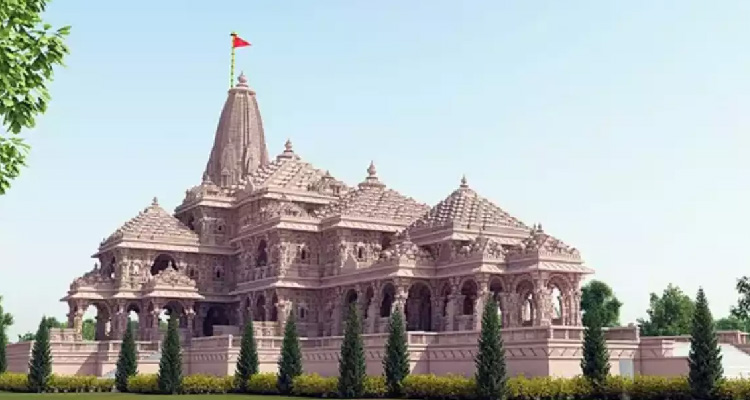
Architectural Marvels of Ayodhya: Heritage of Temples and Palaces

Planning Your Ayodhya Expedition: Travel Tips and Local Insights
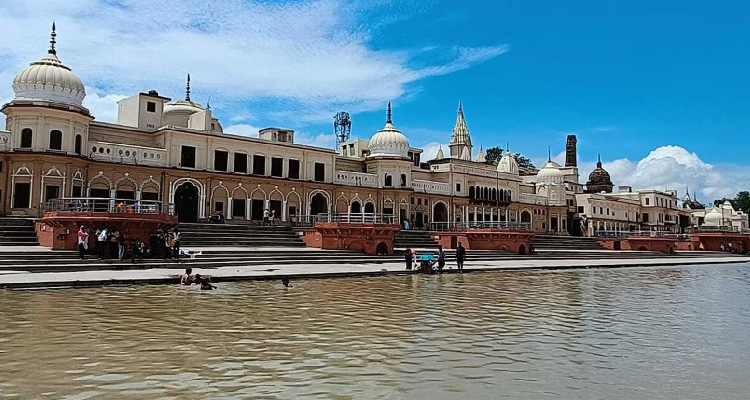
Heritage Walk: Unveiling Ayodhya's Historical Treasures
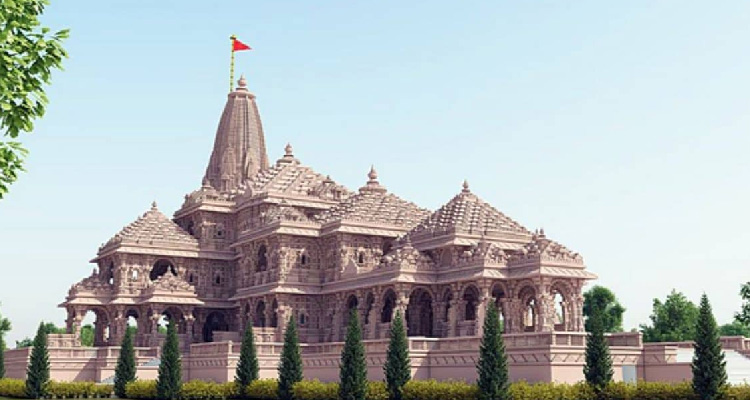
Exploring Ayodhya Beyond the Ram Mandir: Hidden Gems and Local Delights
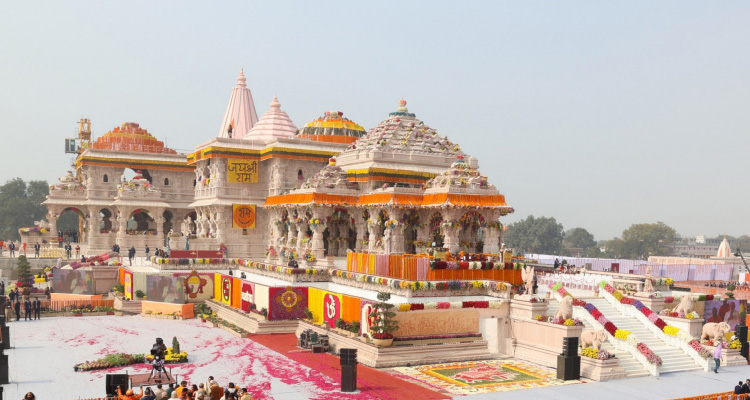
Things to do in Ayodhya

Call Our Customer Care Executive. We Are Available 24x7 Just Dial.
91-9166497735